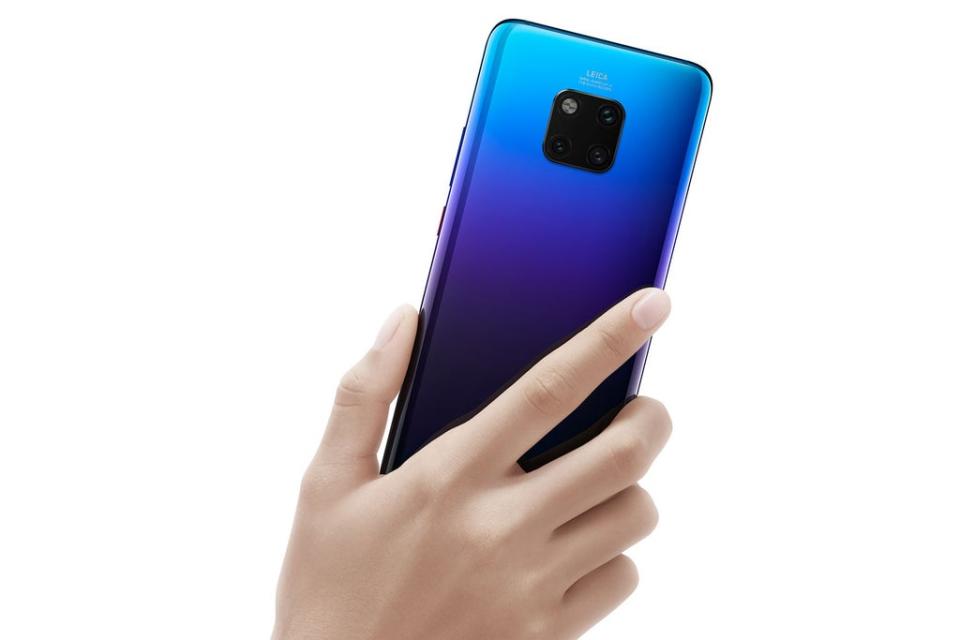Best phone deals for Android users

If you’re a football fan from Manchester, there’s a fair chance you’ll support either City or United. The likelihood of swapping sides are slim. And it’s a bit like that with mobile phones.
When it comes to handsets and their associated operating systems, consumer loyalty is similarly divided.
Only this time, the choice boils down to either Google Android devices in one corner, or Apple’s iPhones in the other.
Androids as share of market
Apple handsets are popular but, according to data crunchers Statista, it’s Android that dominate the global marketplace.
According to Statista, Android maintained its position as the leading mobile operating system worldwide during the second half of 2020 with an overall share of 73%.
That’s not surprising when you remember several different manufacturers each produce their version of Android phones, including big-name makers (such as Samsung, Huawei, and Motorola), up-and-coming names (OnePlus), as well as Google itself.
What’s in an Android phone?
Android handsets differ in their look and feel from maker to maker, so choice ultimately boils down to individual taste (and budget).
Common to each phone, however, is Google’s Android OS operating system that benefits from the brand’s huge algorithmic clout.
Android phones also feature a wide suite of associated Google products such as Play Music and Photos. With so much variety on offer, the good news is that there’s an Android phone to suit all tastes and budgets.
Here’s what else to consider before securing the best mobile Android deal.
Comparing Android phones
No smartphone comes cheap. And top-of-the-range models often cost much more than a laptop. To work out the deal that’s best for you and your budget, it’s necessary to research the market and make comparisons.
On the one hand, it’s important to weigh up a phone’s features, plus there’s the question of how you’re going to pay both for the device itself, as well as its ongoing use.
When it comes to the handset, there’s plenty to consider including screen size, battery life, storage and memory.
Handset screen sizes are measured diagonally from corner to corner and vary nowadays from about 12cm to over 15cm. You need a large-ish hand to comfortably manage the latter. The most satisfactory way to get a feel for different handsets is to try-before-you-buy and handle a few in a shop.
In terms of battery life, devices that allow the user to carry out the usual tasks of making calls, surfing the internet, listening to music etc for more than 24 hours without the need for recharging are considered very good.
Android storage and features
Turning to memory, the greater the available space the quicker a phone will run. Expect lower-spec models to come with 2GB of RAM increasing up to 4GB for higher-end models.
When it comes to storage (for photos, music, downloads and so on), the range tends to be between 16GB and 256GB. The more stuff users want to store on their phone, the more storage they’ll require.
Handsets are forever being improved. Latest features include face recognition, fast/wireless charging and even waterproofing. For some handset users, the quality of the camera is more important than an ability to make calls. High-end models feature telephoto and ultra-wide lenses.
What are the best Android deals?
Once you’ve got the hardware sorted, what mobile deals are out there for Android users becomes a key consideration.
A good place to start is to decide to pay a lump sum outright for a phone, or opt for a lower and more manageable monthly fee as part of a contract (often 24 or 36 months) from a network provider that also supplies the handset.
Android monthly contracts
Choosing a monthly contract means you can choose from a wide range of new handsets at a fixed price for an agreed amount of data and minutes. Should a fault develop, free repair or handset replacement may be included as part of the deal. On the downside, leaving a contract can be costly as providers apply exit penalty charges.
Android pay-as-you-go
An alternative to monthly contracts is the pay-as-you-go option where the user supplies the handset and only pays for the minutes, data and text he or she uses. PAYG tends to favour customers who don’t use their handset a great deal.
Android SIM-only
If you don’t want a contract, or where perhaps you’ve already sourced a deal to buy your Android handset at an affordable price, another option is to choose a SIM-only deal offered by several network providers.
SIM-only deals provide customers with a monthly allowance of calls, text and data for a fixed price. With many operating on a 30-day rolling basis, it’s easier to cancel or change to alternative packages.
Best Android phone deals
Whether you choose a contract or SIM-only deal and whether you’re after the Samsung Galaxy S20+ 5G or the Google Google Pixel 5, the best way to ensure you get value for cash is to compare deals across a range of different network providers.

 Yahoo Finance
Yahoo Finance 